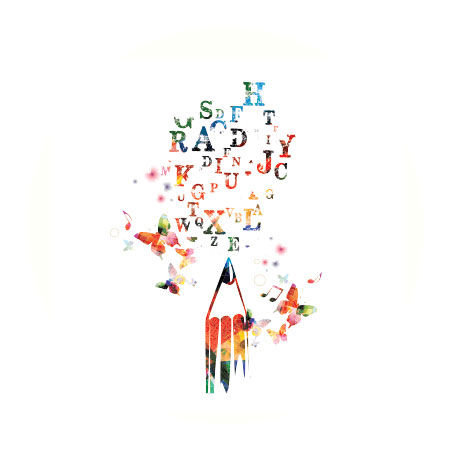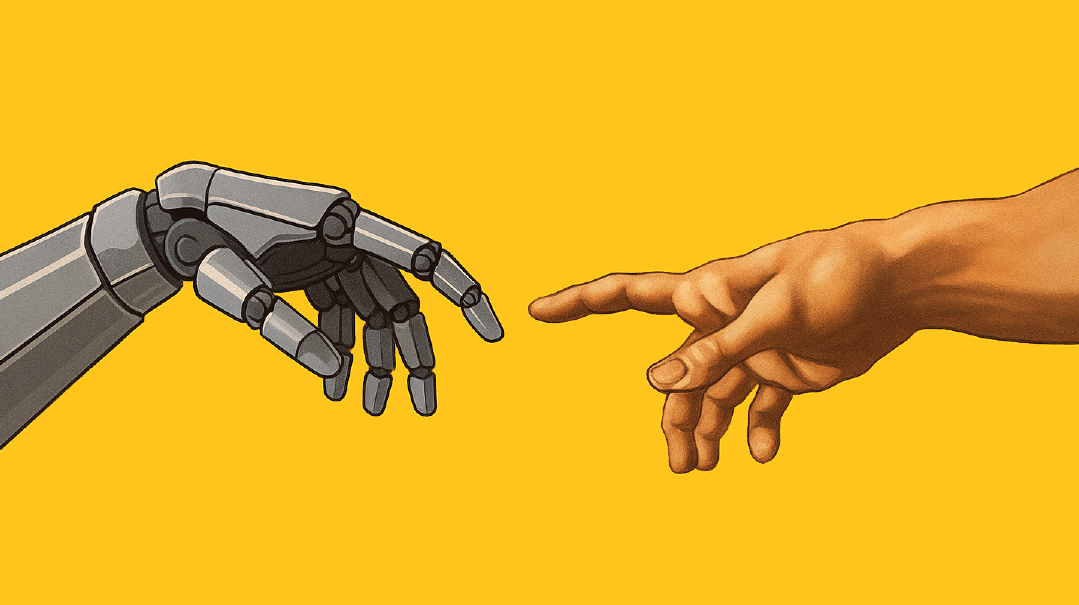Art and Craft

Are great writers made or born?
Is writing craft or art? If you don’t have it, can you ever find it?
I recently read a book called Talent is Overrated. It makes a very convincing and well-researched case that exceptional achievement is due more to repeated, well-structured, and mindful practice than to any inborn talent. It even questions what talent is and whether it really exists and whether what we call “creativity” is actually the result of advanced knowledge of a specific field.
The book makes sense on many levels. In the worlds of sports, business, or chess, deliberate practice is key, and talent gets a small sliver of credit compared to the sustained hard work that shapes a champion. Even in the world of writing, which we consider a Divine gift that some people just have and others just don’t, the truth is that craft — the learnable part of the work — is more than half of the reason for a successful piece. But questioning whether creativity exists, or whether there really can be an inborn aptitude to hear or see things that no one else perceives quite that way, seems to stretch the thesis a bit too far.
Years ago, when I taught creative writing to eighth-graders, I tried an exercise that my own ninth-grade teacher had brought to the classroom. She played a few selections of music to the class and told us to let the music paint a scene in our minds. It could be a military parade, a jungle, a playground, a battlefield… all we had to do was listen and let the music do its work. Then, after we’d had time to think, she asked us to pick the scene that seemed most vivid and write it up as a short piece.
As a teacher, I tried the same exercise with my students. That night, I paged through the amazing variety of images that girls had produced, and I marveled at their creativity. Except for one student, literal to a fault, who just didn’t connect to the process of creative association. Her piece went something along these lines: “The violinist holds her instrument at her chin. She presses down on the strings with one hand and pulls the bow with her other. The music starts off soft, then gets louder….”
Some people, I realized, really aren’t creative.
Here at the magazine, sometimes we’ll get a piece that checks off every box for craft — good lead, solid structure, proper use of quotes, responsible and well-researched — and it just doesn’t sing. The art isn’t there. When we discuss these pieces among our editors, we say these pieces “don’t have the sparkle.” There are tools and suggestions we can give these writers, and they will often add vibrancy to their work, but I don’t know if they’ll ever achieve the same magic as those writers who are born artists.
The converse, on the other hand, is probably a lot more frustrating. These are the writers who rely on their art but don’t bother much with craft. In their overreliance on their gifts and underappreciation of the nuts and bolts of solid craft, they risk falling into the category that William Zinsser calls “hacks” — they so delight in the rhythm or the alliteration or the imagery or the drama or the wordplay or the symbolism of the sunset (often this comes with a lot of italics) that they don’t realize they’re serving up a tower of fluff that collapses when the reader tries to get a spoon in. You know what I’m talking about. I hope it’s not in this magazine, but I’m sure you’ve seen this kind of work.
Some of these writers aren’t aware that craft exists. Others think they’re way too talented to need it. And some are afraid. They’re afraid the sturdy, time-tested toolbox will make them wooden, uniform, predictable, formulaic.
But deliberate practice makes everyone better. And not everything in writing is subjective. There really are rights and wrongs and rules and best practices. There are bad and good ways to build a feature. There are real techniques for plotting fiction and crafting dialogue. And readers can sniff out the difference.
To those artists who are afraid of craft, I would say that it’s not about masking your inborn gifts with some colorless formula. It’s more like learning how to set precious gems. Craft only elevates art. It doesn’t squelch creativity and it doesn’t shroud individuality. When artists master the craft, they’re giving their talents the best setting to sparkle.

Oops! We could not locate your form.







